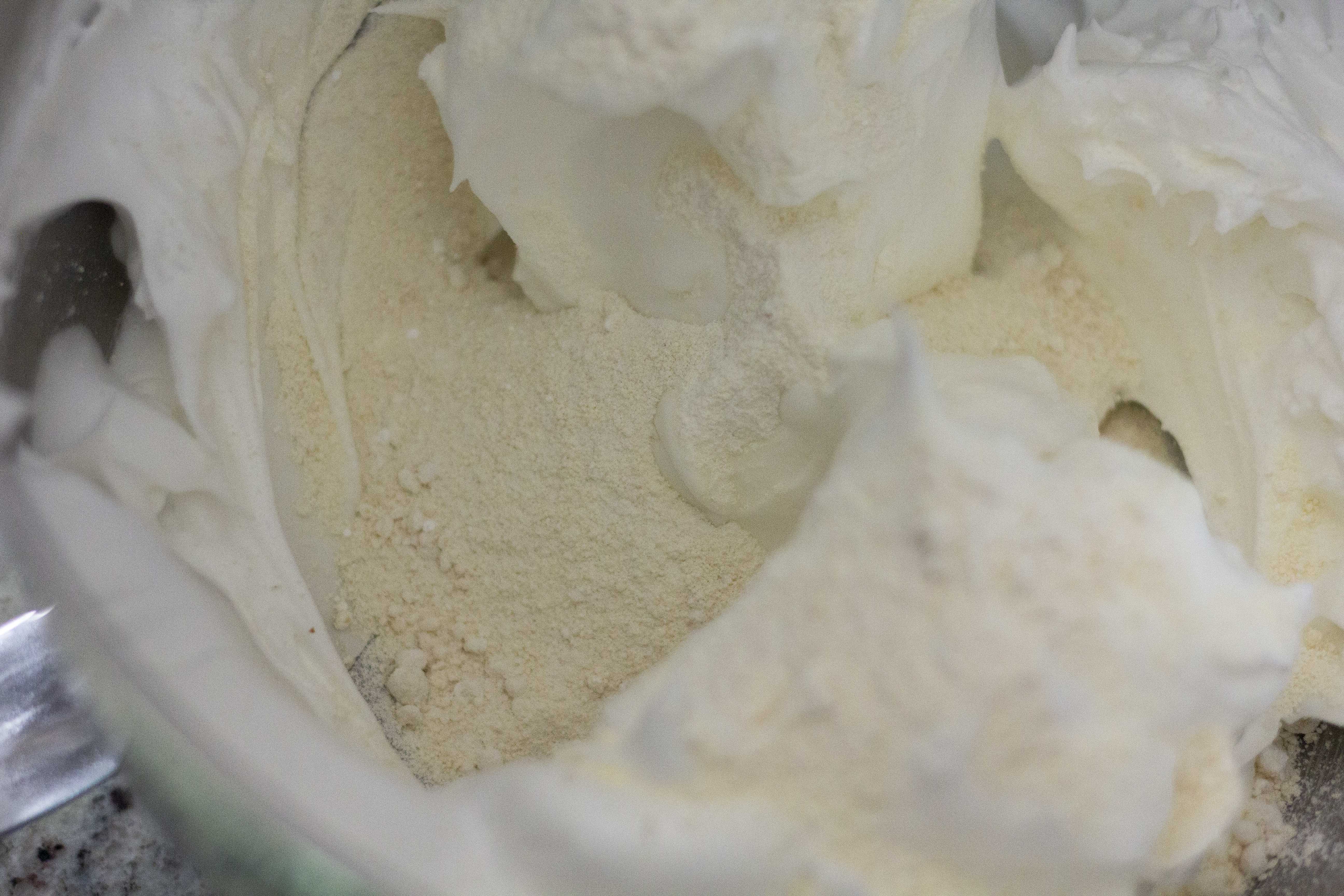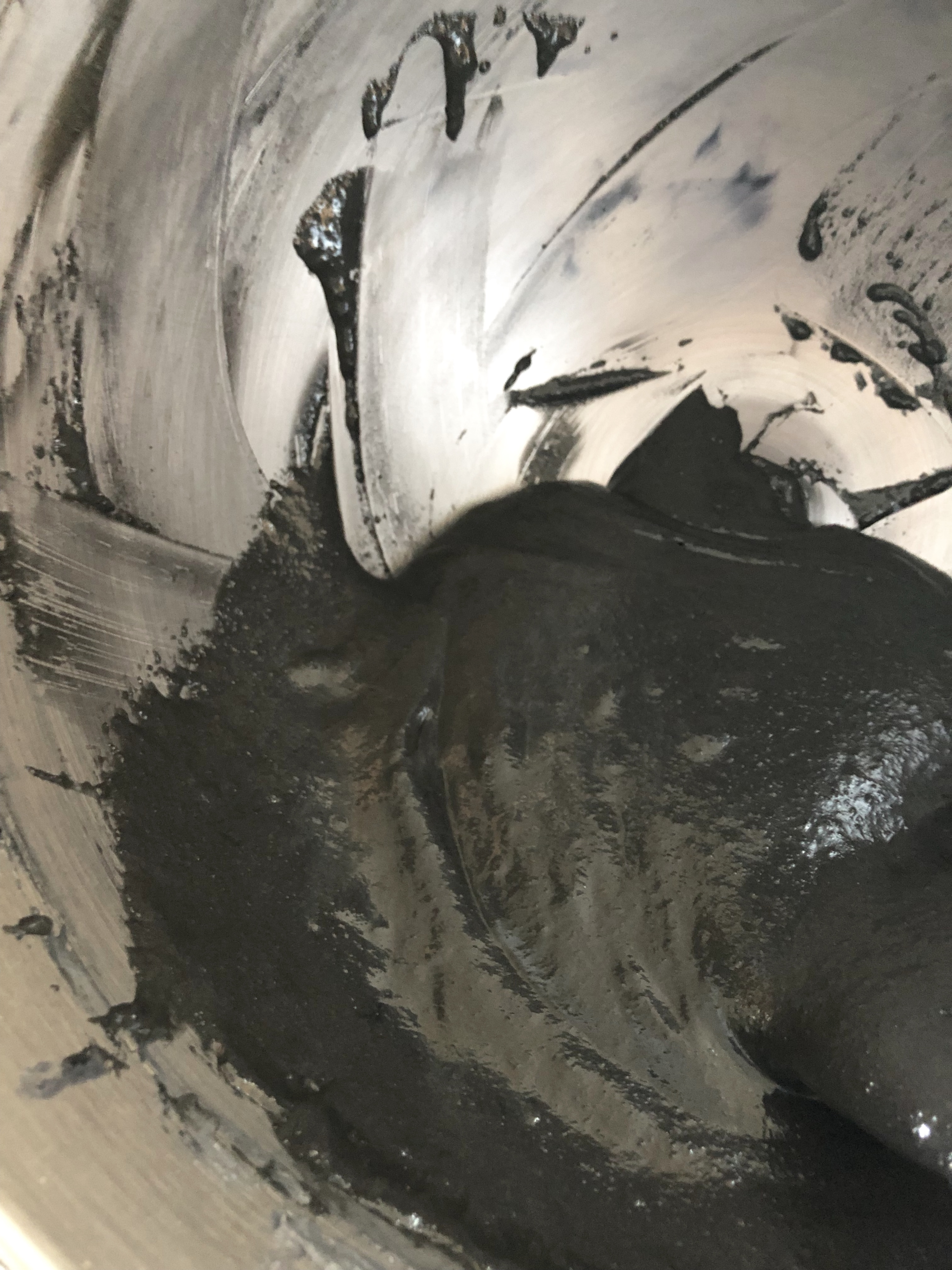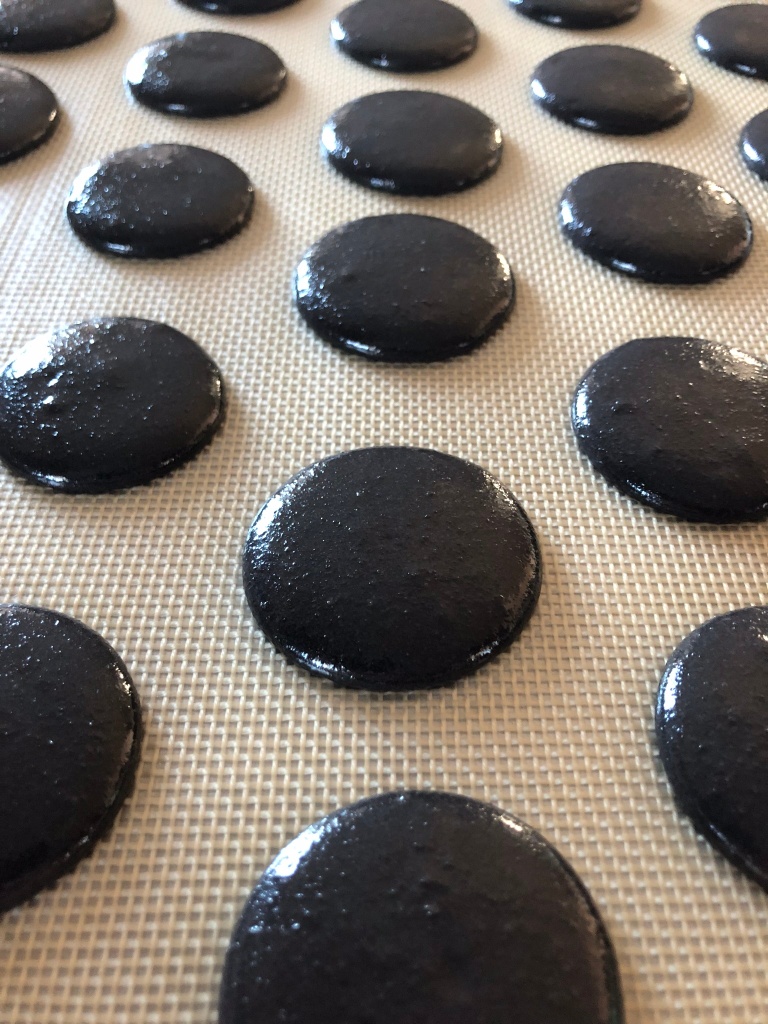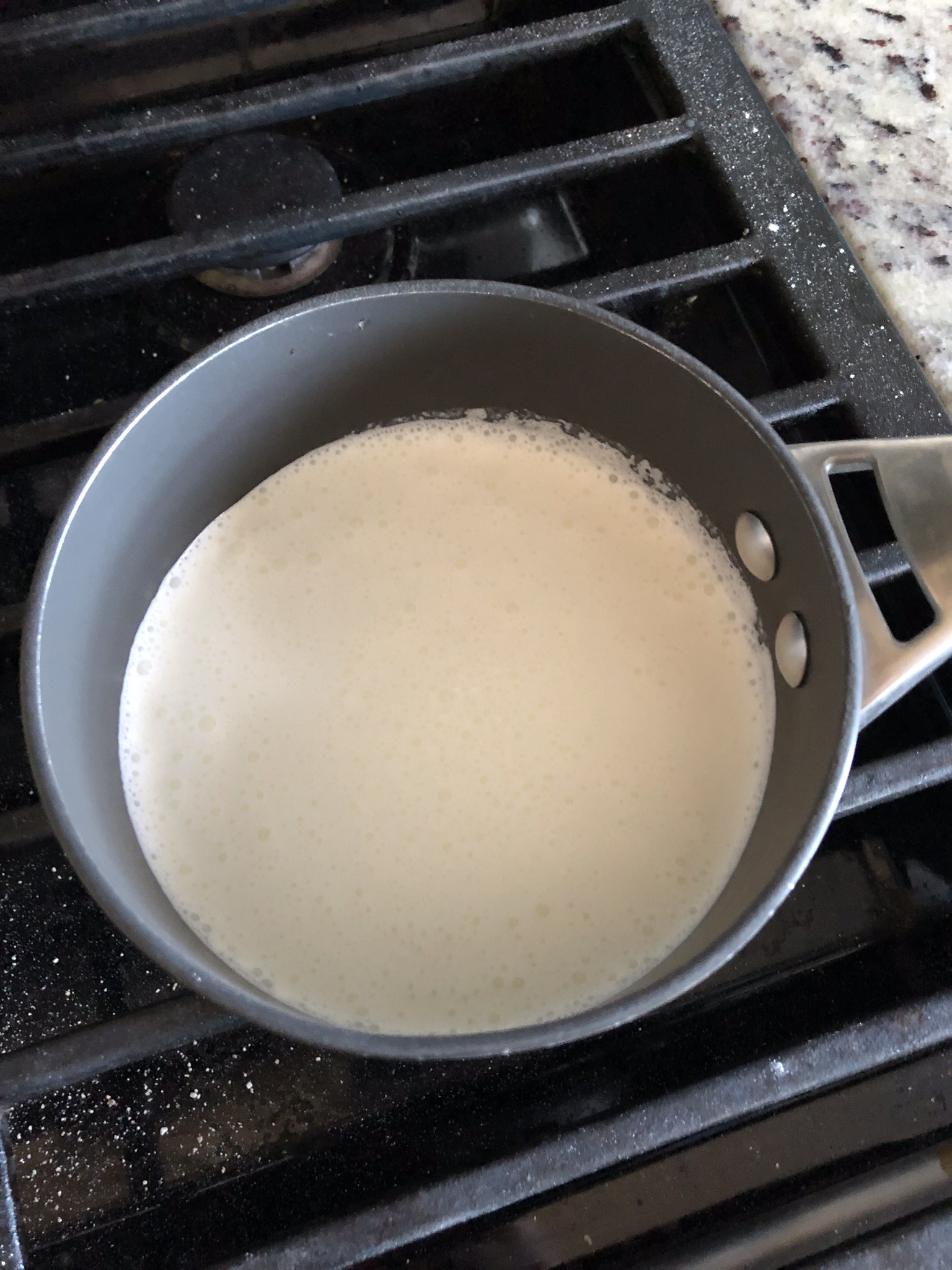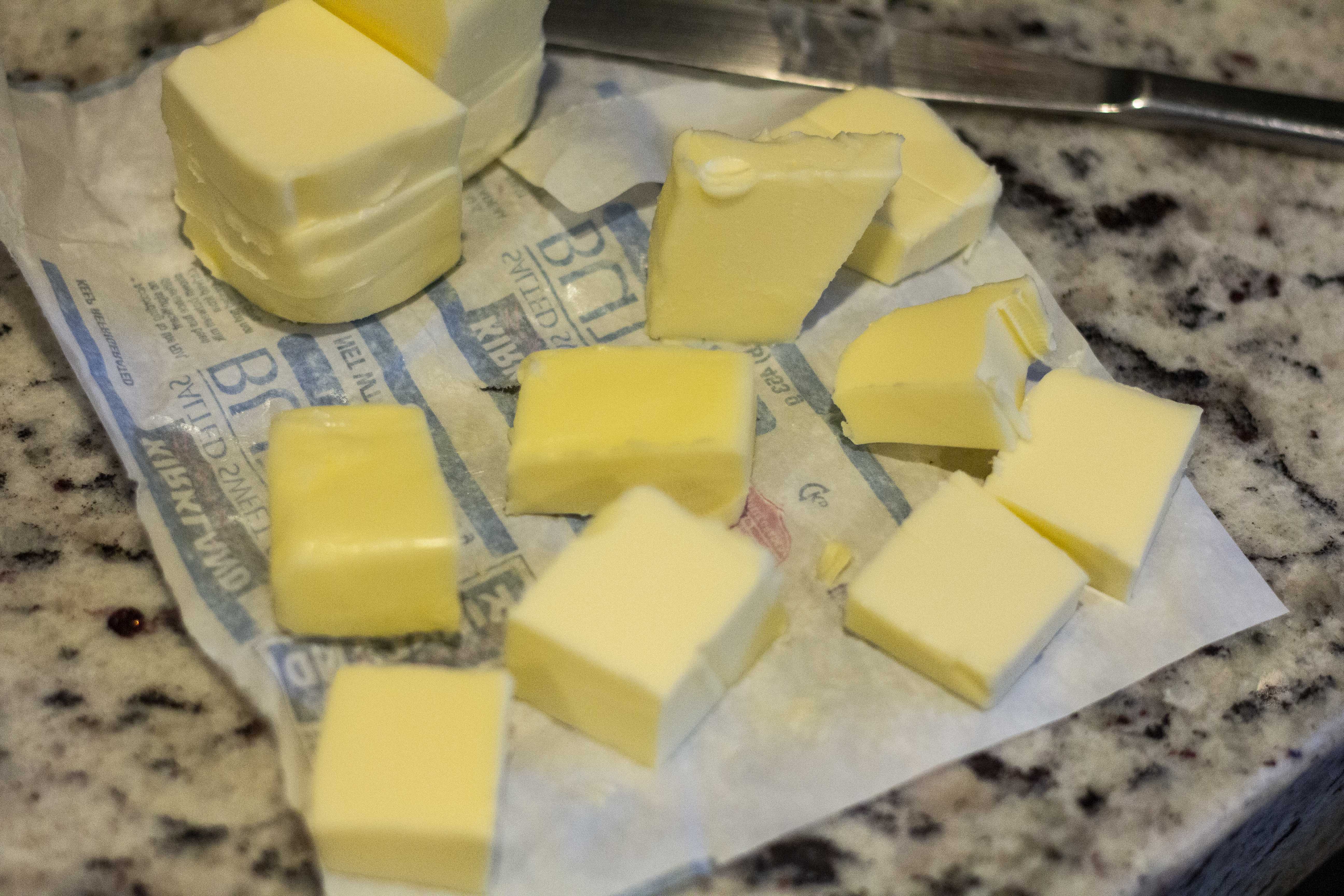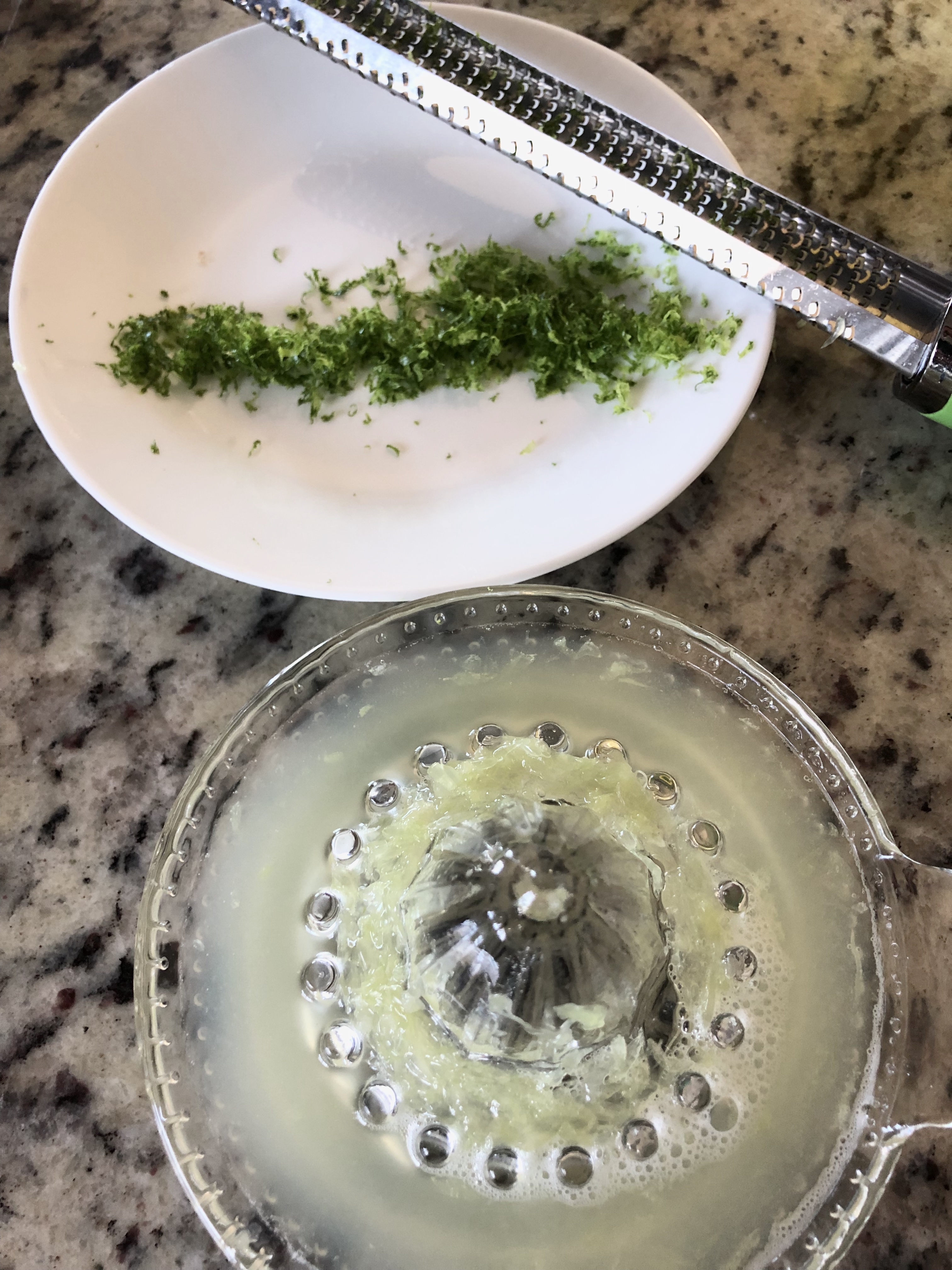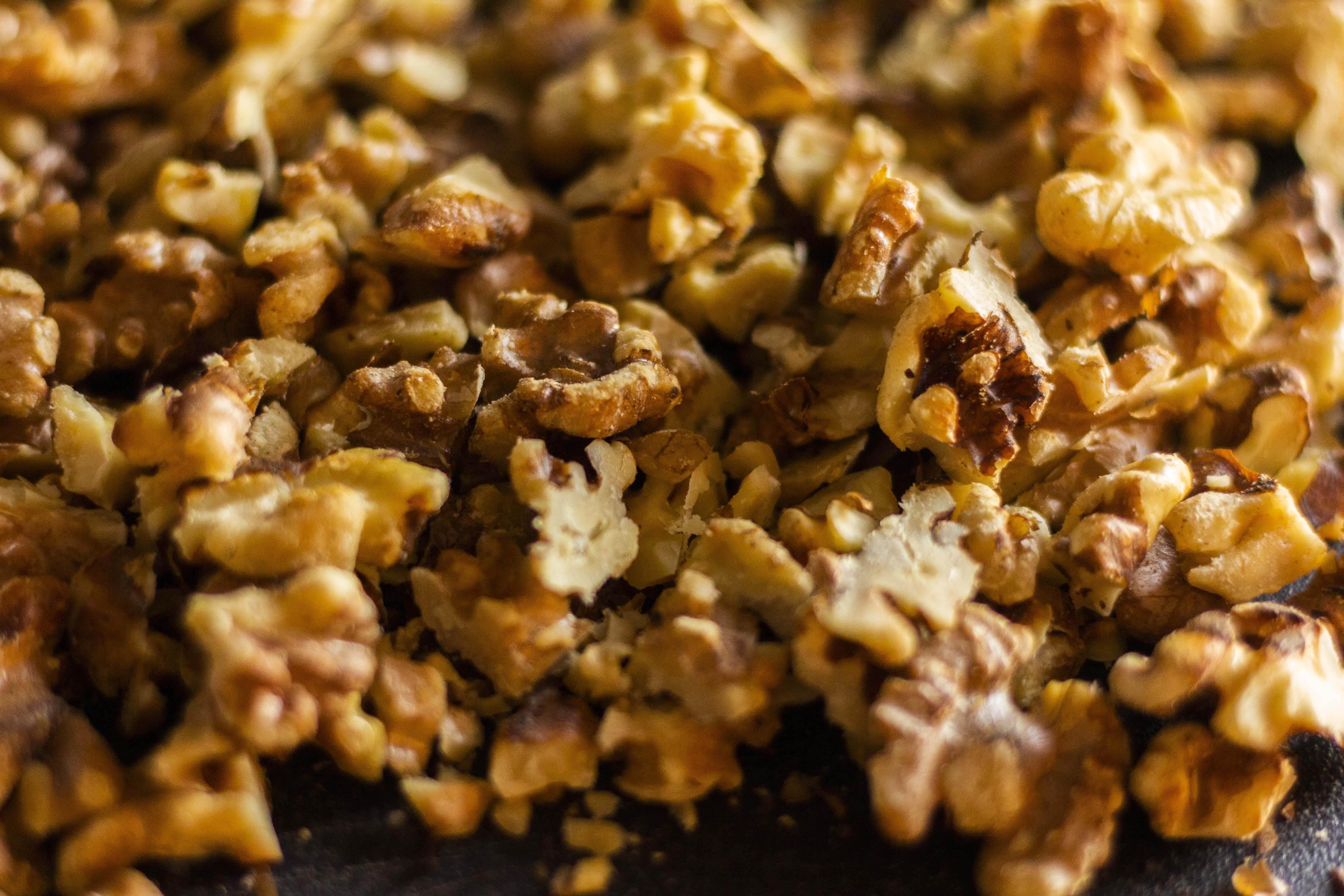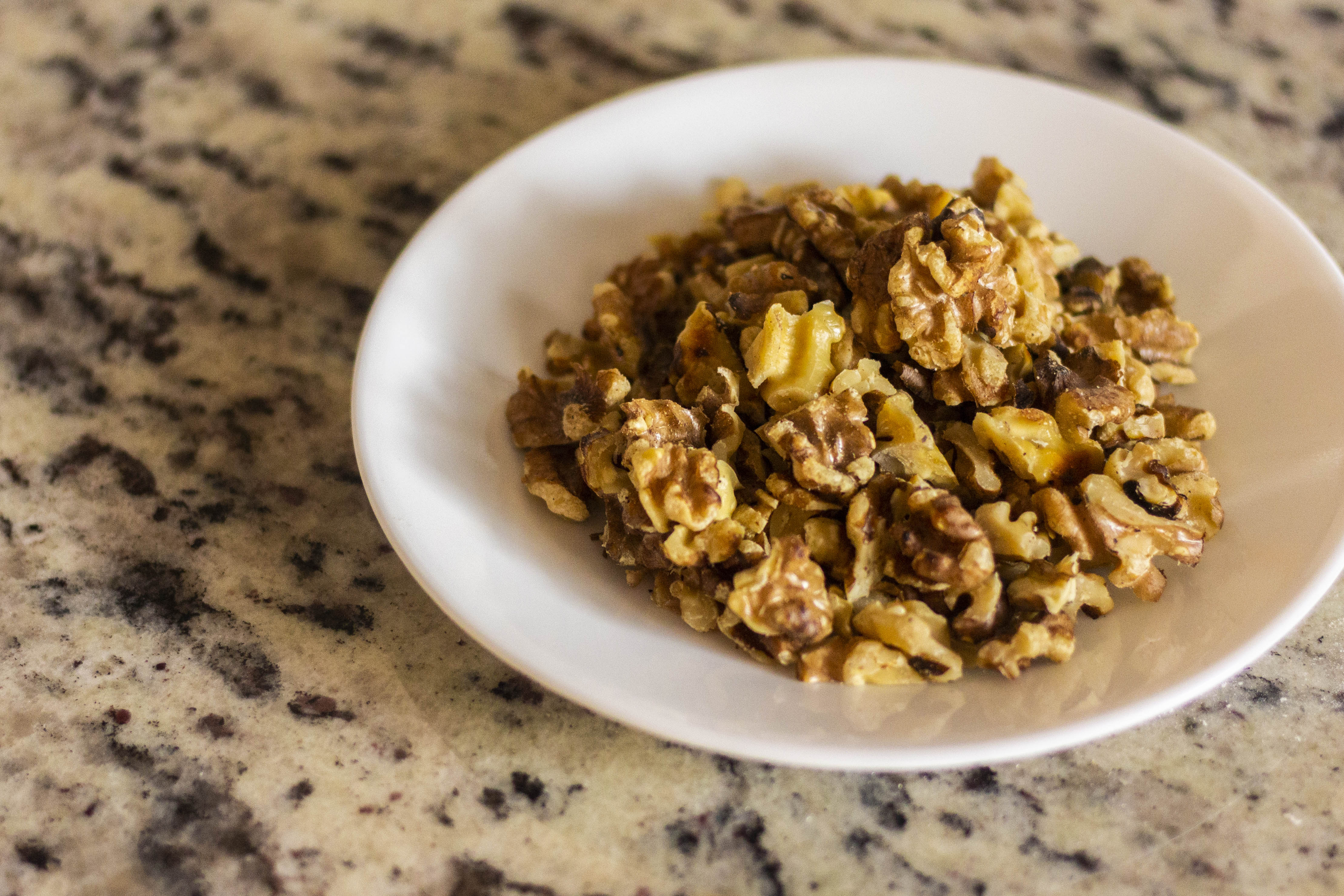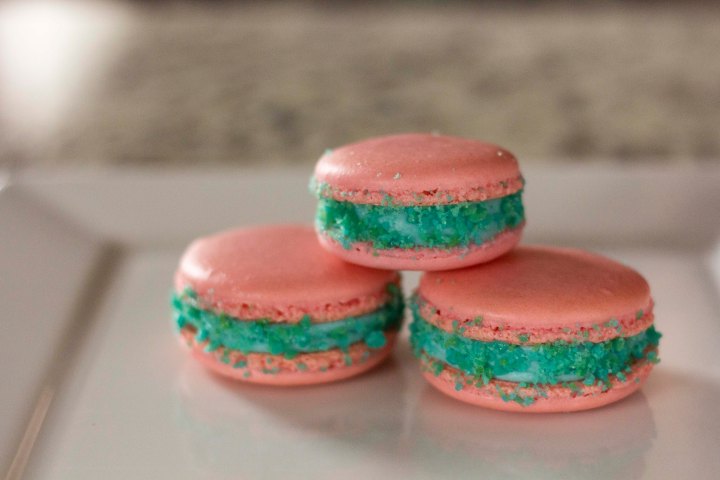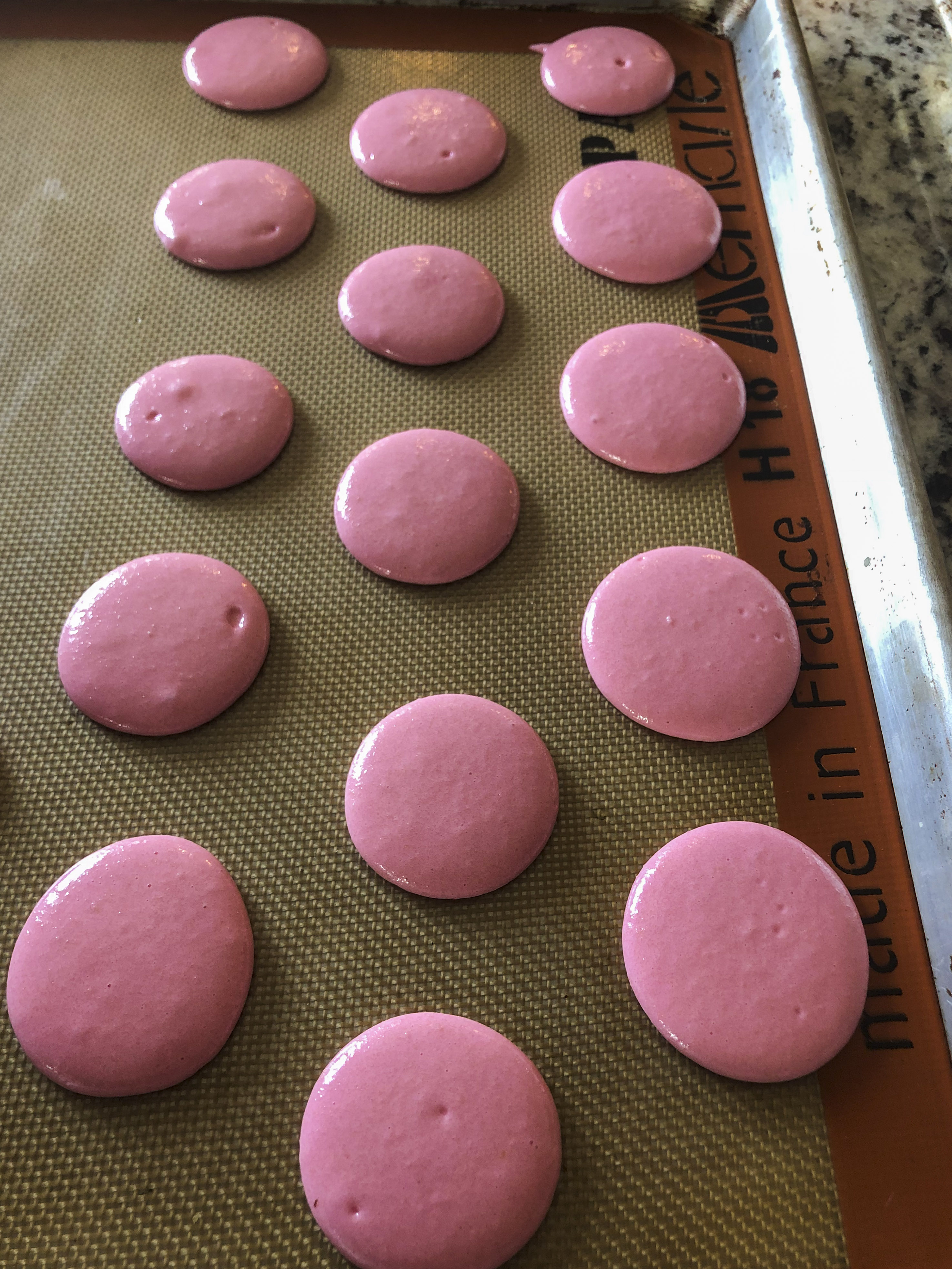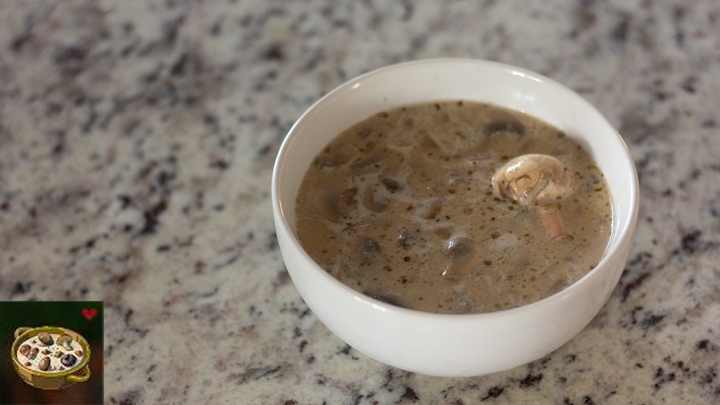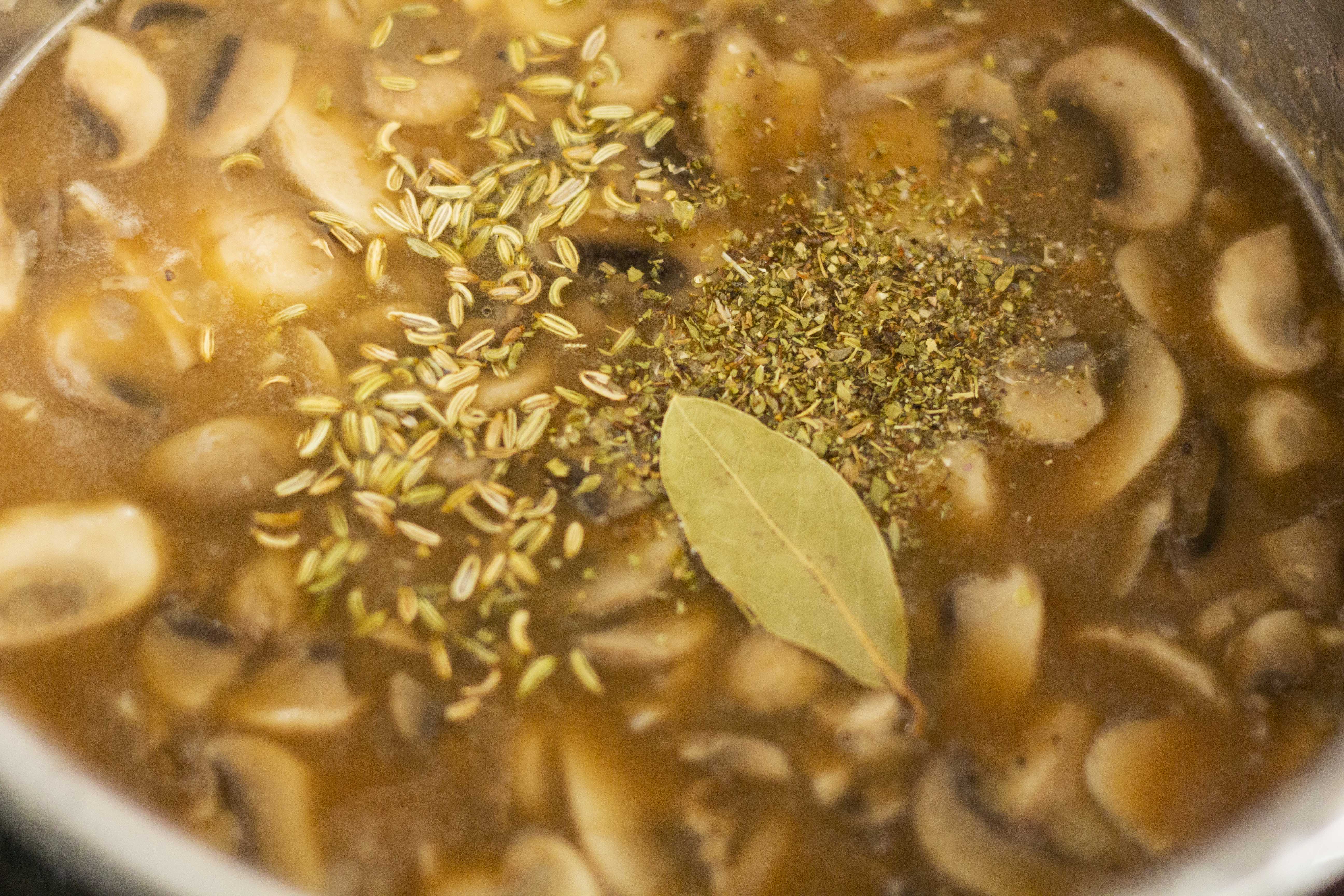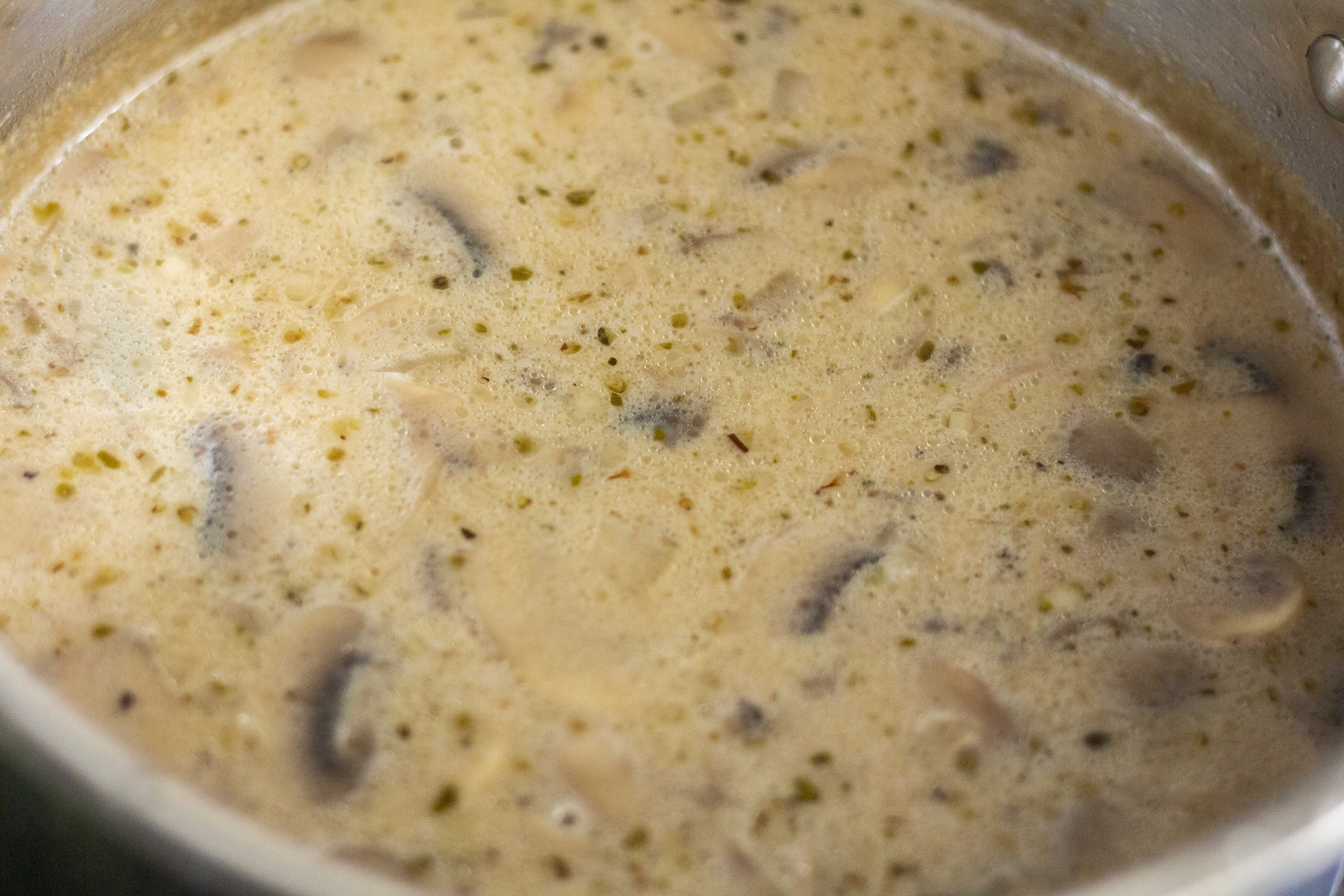Anyone ready for yet another venting of feelings, emotions, and struggles from me? Yeah, I’m guessing not, but it’s happening anyway. As with my last two posts we are jumping in, forgetting the editing (sorry for the grammar lovers out there), and expressing my feelings. Is everybody ready? Then let’s go.
I want to talk about 2 reality checks I wish people, particularly Americans, would have. I know a significant portion of you amazing, and lucky, followers are foreign. How you must be laughing at my country right now. Or crying for us. It probably flips between the two. The first is the word people keep throwing around about how “careful” they are. The second is the reality check of the timescale we are looking at with COVID.
So let’s talk about “careful”. Do you know how often people throw that word in my face? Every. Single. Day. They think because they wear a mask to the store they are the very definition of “careful”. Now, don’t get me wrong, masks are so important in public I cannot stress it enough. If you go in public without a mask you might as well stop reading now. I can’t help you. But the idea that wearing a mask in public somehow earns you a “careful” title like you’re some kind of Animal Crossing character is ridiculous. Yes, you’ve cut out one source of infection. But if you do nothing about all the other sources of possible infection the word you’re looking for isn’t “careful”. It’s “reckless”.
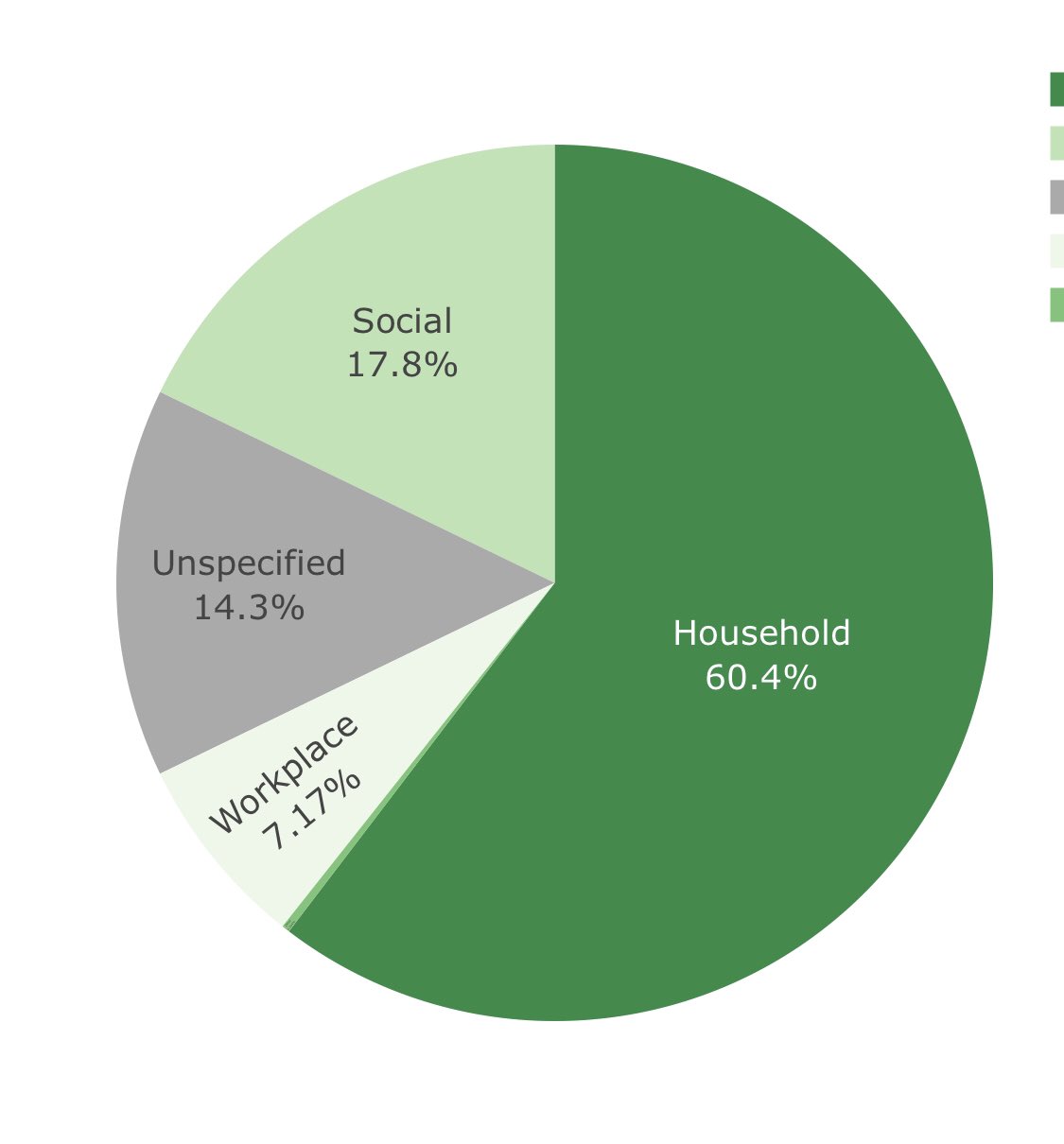
Let’s talk about this graphic. This graphic shows the percentage of where people got COVID from in my state. While these aren’t exact numbers for every state (they are my state’s numbers), the proportions of the pie chart are pretty similar for other states. And this is not exact risk, because risk is defined by the amount of community spread in your area. But this graphic is a good reminder of how risky your choices are – the more percentages you can cross off your potential exposure list, the less likely you are to get COVID. “Unspecified” means everything outside of social, workplace, and household. This is school if your kids are in it, shopping and stores, dining in restaurants, and all the other little interactions we have with people daily. Now, for this example I need to break up the “Household portion” based on the percentages of the other groups. Because if you are the safest you possibly can be it doesn’t matter if your household is being unsafe – your household will determine, to a large extent, your risk level. So the math comes out to (yay, math, right?) 45% of household members got their COVID from social interaction (this is 27% of infections), 35% got it from unspecified (21% of infections), and 18% got it from the workplace (now 11%). And once again, these percentages also need to factor in amount of spread in your community – I’m not saying your true risk are the following numbers. But this is the true risk factor taken into account with community spread. So while it’s not the complete number, it is a portion of the complete number.
Now, let’s get into the nitty gritty. Let’s say you wear masks to the store, don’t dine in restaurants (I mean never. Taking off your mask in a public space, no matter what reason, is a big no), don’t go to the gym (because even with masks they’ve shown gyms to be pretty unsafe, plus most people working out don’t wear masks and that’s an enormous risk), and don’t have kids in school yet. That sounds super careful, right? Yeah, it’s not bad. If you do those things you’ve cut out 14% of your risk level. That’s it. JUST 14%. Your behavior is now at an 86% risk of getting COVID. Does that honestly sound “careful” to you? Now let’s add your household into this (roommates, parents, significant others, children – every single person you live with). If every single person in your household does all of those things you’ve cut out 14% of risk plus the 35% of household risk (which equals 21% risk because it’s 35% of 60%… Everyone following?)- you’ve now cut out 35% of the risk. You’re now at 65% risk of getting COVID. And seriously- that means every single person follows every single rule. Kids wear masks, especially at school, no one goes to the gym, everyone follows the rules and you’re still at 65% risk of getting COVID. “Yeah I’m super careful I wear masks to the grocery store” doesn’t sound so careful anymore, does it?
What if you’re lucky enough to work from home? Sounds awesome, right? Now you’ve only eliminated 21.5% of risk (unspecified + workplace). Does everyone in your family get to work from home? Yes? That’s fortunate! So if you, and everyone in your household, follow all the “unspecified” rules and work from home or have rigorous workplace regulations you’ve eliminated 53.5% of the risk. That’s it. Doing all those things combined for your entire household still only gets you to 53.5% risk elimination. That’s better, but still barely over 50%. If I told you the odds of getting attacked by a shark if you went swimming were 46.5% would you honestly go in the water?
Now for the big one – socializing. Socializing is the hard one for people to cut out. But it’s also your biggest risk. If anyone in your household socializes in an unsafe way you will never get below a 46.5% risk. EVER. When you use the phrase “I’m super careful” to me and I can see your instagram, your photos, your telling me about all the things you’re doing, your unsafe interactions all I can think is “I do not think that word means what you think it means”. Allowing your family to have that much risk is not careful.
So what do we do, Teri? I’m so bored/lost/anxious/want everything to be normal. You can minimize that 46.5% risk by doing one very simple thing – closed social circles. For those of you science/mathmatically minded closed loops are easy to understand. For others, let me demonstrate with a long paragraph:
If Ellie (yep, going with Ellie because, spoilers, she was frustrating in TLOU II) only socializes with her family that sounds safe, right? She has 3 siblings and 2 parents. She sees 5 people regularly. Oh, and their kids. So let’s make it 10 people, without masks, not social distancing. Those 10 people are being the “careful” we’ve just talked about. Oh they wear masks to the stores, but they dine in restaurants sometimes (life is hard enough!), and their kids hang out with friends (they’re just so bored!), and one sibling has roommates (yeah, they hang out with their friends. I’m not sure who). How safe does Ellie sound right now? Ellie’s circle includes not just her 10 family members, but the friends of the 5 kids, and the friend’s parents, and the parents friends, and any other friends those kids hang out with. Let’s go with an even 10 people per kid (friends, families of friends, and friends of friends – honestly 10 feels conservative). Ellie is now up to 60 people she regularly comes into contact with without social distancing and masks. Then Ellie’s sibling with roommates – let’s count her numbers. Let’s see, she has 3 roommates, who each have 5 friends they hang out with on a regular basis. But those 5 friends also have 5 friends. We don’t need to go further. I’m pretty sure you’ll get the point. So that adds 30 more people to her list. She’s now up to 90 people she comes in contact with regularly without masks. Still sound safe to you? Let’s add yet another option in (but wait! Isn’t that enough? Oh, honey, this isn’t even the worst open circle I know about). Let’s say one of Ellie’s siblings starts dating someone. So we only add one more person, right? Wrong. We’ve not only added one person, but that person’s family that they see, all the people their family sees, and that person’s roommates, and all the roommates friends. We’ve just added another 90 people to Ellie’s circle. And the list never ends. Because this is the opposite of a closed circle. The risk is real, here, folks, despite the fact that Ellie wears a mask and “is so careful”.
Is Ellie more careful than the person who wanders around maskless, protesting, and shouting in people’s faces about “their rights”? Of course she is. I just wish Ellie, and people like her, would stop kidding themselves about their level of care and waving around their idea of themselves as “careful” like they’ve won some kind of award. You’re behavior is risky. Admit it. I care, on a professional and personal level, whether these people are actually careful. But I don’t get to make their decisions for them. They get to be risky all on their own. All I want is for them to take responsibility for their risky behavior and stop using the word “careful” when they really mean the opposite.
You want to talk about a safe social circle, the ones the experts discuss? Let’s talk about my social circle. Did you know that I can name not only every single person I have close contact with without masks on, but it is less than 20. Every single individual I come in contact with also has a closed circle. So my circle is literally the handful of people I see and the handful of people they see, who also see no one else. Sounds complicated? I’ll explain better. We see, on a regular basis, two families. One of 3 and one of 5. The family of 3 has regular contact with a married couple, who have contact with no one else. So right now my circle is up to 10. The family of 5 sees a married couple and a family of 4, who only see each other. So the entire circle of the married couple and the family of 4 is 6. My entire potential social circle is 16 people. That’s it. Is it hard? Yep. But we’ve all made the agreement that this is our life and for months on end we’ve all stuck to it. And if, for unfortunate reasons, somehow that circle is broken (one of the families comes in contact with someone outside our circle for any reason) they isolate themselves for 10-14 days to ensure they aren’t putting the rest of the circle at risk. Being truly careful is doable, folks. It’s hard and involves a lot video calls and outdoor physical distancing picnics to see people outside our circle. But we are being careful.
Now for a caveat. I understand that there are situations completely outside of our control. One of the people in my social circle is a teacher and school is going back in session soon. Several of the kids in our circle are school-age and will be attending school. Luckily our state has a mask mandate for all school children and workers, but it definitely weakens our circle. These are circumstances beyond our control and they increase our risk. There are things we literally can do nothing (or next to nothing) about. But we are doing everything we can to mitigate our risk outside those mandatory circumstances. So our risk level, when school starts, goes up. But you know what, it’s a hell of a lot lower than the risk level of Ellie, who adds all the school-age kids and young adults (college, possibly), to their 180+ circle.
Once again, if people choose to make risky choices I can’t stop them and I can’t protect them. But they need to stop calling their actions “careful” like they’re actually attempting to be part of the solution.
Now let’s get into an even worse downer – the reality check. This is the reality check I wish most people could wrap their heads around. It’s the one scientists and public health experts and historians have known from the beginning. This virus isn’t going anywhere for years. Let me repeat that. This virus isn’t going anywhere for years.
There are two ways to get rid of a virus (or at least control a virus).
- Douse the fire. Think of it like a fire. Fire requires oxygen to survive, so you douse the fire, cut off it’s oxygen source, it’ll die out without spreading. What is the equivalent of dousing the fire for a disease? Treatment at the source. It means being able to treat a person and cure them of the disease before it has a chance of spreading to another person. There are no known treatments for COVID. Nothing we have will, to our knowledge, kill COVID. The best we can do are symptomatic treatments, which may make your symptoms less severe so you don’t die while your body naturally fights and kills COVID on it’s own. So option 1 is totally out for COVID.
- Remove it’s source of fuel. If we need to stop a fire we need to make sure the wood and materials around that fire can’t burn. You need to remove it’s food source. You can use fire suppressant, you can use water, you can do whatever it takes to get rid of it’s possible food options. If there’s nowhere to burn, it’ll die out on it’s own. Simple right? Let’s apply that to a disease. Humans and other animals are the food source for COVID. This virus will keep jumping around, infecting people as long as we give it a food source. There are a few ways to get rid of the food source for COVID – physical distancing, a vaccine, and herd immunity. Let’s talk about those in more detail.
Let’s start with herd immunity because it’s the easiest. Herd immunity means everyone goes back to their daily lives, no masks, no nothing, just back to normal. This strategy is also called “cull the herd”. It means we accept that our actions will kill a portion of the population and we don’t care. For herd immunity to be reached with an actively spreading virus estimates are that 80-90% of the population will need to become infected before the virus will go away. Let’s take the United States, because, well, I live here. There are 328 million people in the US. Let’s say only 80% need to become infected for herd immunity – that means 262.5 million infections. With a true death rate (that means the infection fatality rate) of roughly 0.5-1% (let’s go with the lower number so as not to shock you too much) that means 13.12 million people will die from COVID. Probably within a 3 year time frame. You want world numbers? Okay – 7.656 billion people. That means 6.125 billion infections and 306 million deaths. Does herd immunity still sound like a good idea? Callous, data-driven scientists, when we aren’t taking into account actual human life and are simply looking at the numbers, call these diseases population culling diseases. Removing 0.5% of 7.656 billion people is a number I don’t think we can actually comprehend. That’s removing the population of the United States, the third most populous country in the world, in 3 years. And that doesn’t include the 30% of the population that will have lifelong neurological and/or physical damage because this virus leaves 30% of survivors with scars that’ll probably never heal. That’s nearly 2 billion people with severe long-term, possibly lifelong, side effects.
So we need a vaccine! A vaccine will be nice – but it’s not going to save everyone. A vaccine, at the best of times, is 70% effective. So that means, if 100% of the people in our country get vaccinated, 30% will still be vulnerable to COVID. With herd immunity already pinpointed at 80-90% that means 10-20% of people would still have the possibility of getting sick if we can’t wipe it out of our communities. Now, that’s a best case scenario. There’s no way on the planet America is going to get that lucky. First of all, most vaccines are looking to be about 50-60% effective. Which means 40-50% of people who get vaccinated will still be at risk of getting COVID. And that doesn’t take into account the roughly 1/3 of the population in the US who poll in at “anti-vaccine”. So if 33% of the population doesn’t get vaccinated plus 26% of the population aren’t immune because of vaccine efficacy we are looking at 59% of the population of my country not having protection against COVID. Then we still have to make up the difference to get to 80% immune. The vaccine won’t save us unless we do more.
Physical distancing is the best cure we have right now – it’s really the only cure we have right now. If we stay away from each other we can keep the fire low – the virus can’t jump to another person and restart if there isn’t a person to jump to. That’s why 6 foot distancing and mask wearing is SO IMPORTANT. I cannot stress enough how important this is. If we give the virus nowhere to go it’ll get under control all on it’s own. That’s how New Zealand did it. It’s how Taiwan did it. It’s how Vietnam did it. Distancing until this virus is gone or until we can start vaccinating will save our world from so much pain and sorrow. I wish people could just get. this. through. their. heads. STOP SOCIALIZING and we may not have to stop socializing for much longer. The more you do it, the more fuel you’re giving the fire, the longer this will take to get under control.
So what we need is a mindset change. Stop thinking of this as a short term problem and start visualizing it as a long term problem. This virus isn’t going anywhere until either herd immunity is met (with or without a vaccine) or we can burn the virus down to nothing. So figure out a long-term, sustainable game plan for getting life back to as normal as you can. John and I have already figured out our game plan. It’s not easy, especially with a 4-year-old, but it’s sustainable and removes as much risk as we possibly can. Change your mindset and focus on creating a long-term plan that minimizes your risk of not only contracting the virus but of spreading the virus. If you want tips or help – I’m here. It’s not easy, but we’re in this for the long haul. We’re looking at at least a year (at the earliest) before life slowly starts to normalize. If people change their mindsets and come up with a plan now we may finally be able to nip this virus in the bud.







